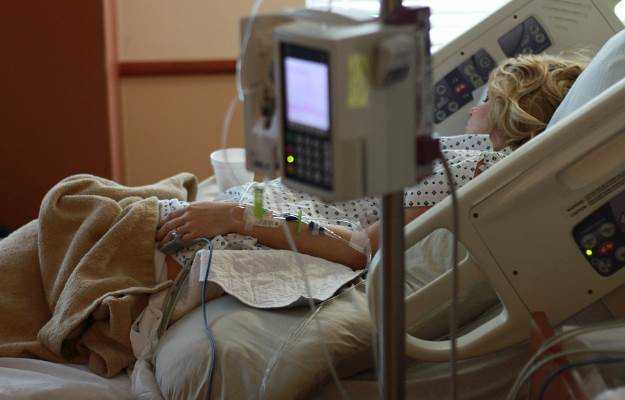What are Klebsiella infections?
Klebsiella infections are mainly nosocomial (hospital-acquired) in nature. The main ones include pneumonia (most common), infection of the bloodstream, injury or exposed surface (wound) infections, and inflammation of the meninges (outer membranes to brain). Patients who are on ventilators, using catheters or long-term antibiotics may develop klebsiella infections. This species of microorganisms is more challenging to treat since they are drug-resistant.
What are its main signs and symptoms?
Klebsiella infections can manifest differently in different people. These infections have adverse effects on the body and raise the risk of fatality. Typical signs and symptoms include:
- Raised body temperature
- Shivering
- Symptoms identical to flu symptoms like runny nose, sneezing and coughing
- Sputum is either yellow or blood-stained
- Difficulty in breathing
What are its main causes?
The main cause is Klebsiella bacteria which belongs to the Klebsiella species. This bacterial strain produces a wide variety of infections depending on the location in the body. These organisms are present in the intestine and remain harmless, but, when they reach other organs such as lungs, they cause severe infections if left unnoticed. The infection can also get transferred from one person to another, especially in a hospital setting.
How is it diagnosed and treated?
Detection of Klebsiella infection mainly involves testing of specimens like blood, sputum or urine. Imaging studies like X-ray or PET (positron emission tomography) scan may be used in case of lung infections, especially in community-acquired pneumonia cases.
Treatment may be tricky since these bacterial species may be resistant to some antibiotics. Depending on the additional tests used to check susceptibility, appropriate antibiotic treatment will be given. It is always advised to continue the antibiotic course as prescribed and not to stop it halfway. Antibiotics, when taken as prescribed, impart maximum benefit.
Klebsiella infection can be dangerous if it spreads to major organs. Drug-resistance must be avoided to keep such infections at bay.
















